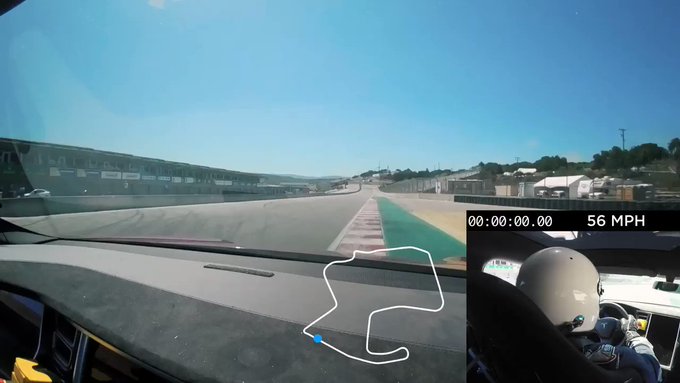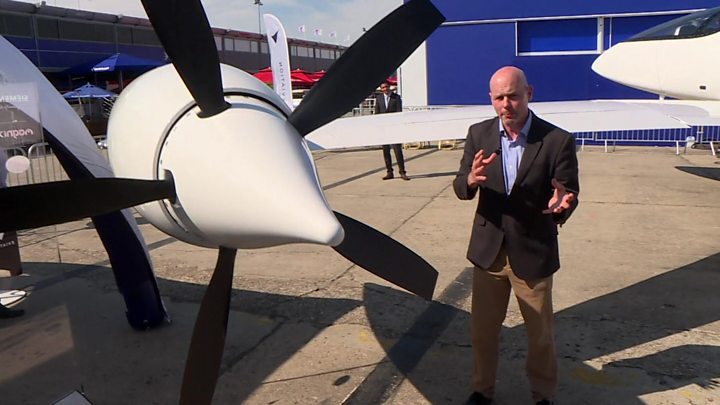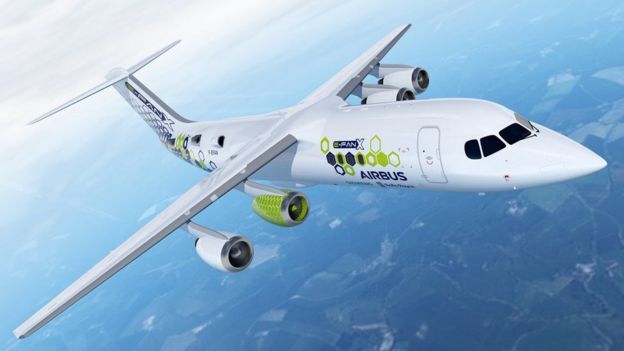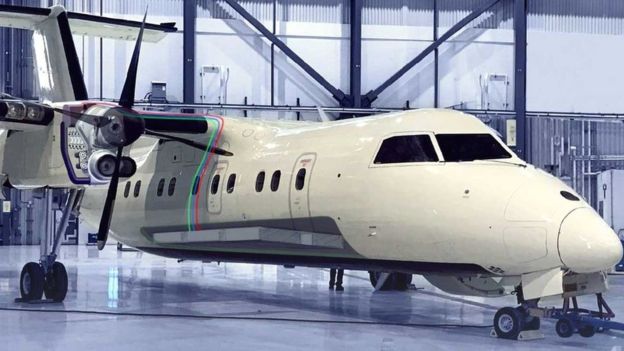As reported by TechCrunch: CEO Elon Musk promised a more powerful powertrain option in future Model S and Model X vehicles, as well as the next-generation Roadster sports car, which will push acceleration and speed beyond the current high bar known as Ludicrous mode.
Musk tweeted Wednesday evening “the only thing beyond Ludicrous is Plaid,” a teaser to a higher-performing vehicle and a nod to the movie “Spaceballs.”
These new higher-performing versions of the Model S, Model X and Roadster will contain what Musk describes as a Plaid powertrain and is still about a year away from production. This new powertrain will have three motors, one more than the dual-motor system found in today’s Model S and X.
This Plaid powertrain has already seen some action. Tesla revealed Wednesday that a Model S equipped with a Plaid powertrain and chassis prototype had lapped Laguna Seca racetrack in 1:36:555, a second faster than the record for a four-door sedan.
The “Plaid” powertrain will not be offered in the lower-cost Model 3 or Model Y, which isn’t expected to go into production until late 2020. Musk also promised that this Plaid powertrain will cost more than “current offerings, but will be less than competitors,” without explaining what that means.
Close followers of the automaker might recall hints of a three-motor powertrain in the past.
When Tesla unveiled a new Roadster prototype in November 2017, Musk said it would have three motors and be able to travel a whopping 0 to 60 miles per hour in 1.9 seconds with a top speed of 250 mph or even more. The Roadster isn’t expected to go into production until 2020.
What is new are Tesla’s plans to make this more powerful three-motor powertrain available in the Model S and Model X. And it stands to be an important option, if it does in fact materialize. The Model S has been around since 2012; since the introduction the cheaper Model 3, sales have dipped.
And yet, Musk has said the X and S won’t be getting a major refresh. If Tesla hopes to maintain demand for either of its higher-margin luxury vehicles, new trims like this Plaid powertrain will be essential.
Tesla first announced Ludicrous mode in its Model S vehicles way back in July 2015. As shareholders and customers awaited the Model X to arrive, Musk unveiled several options for the company’s Model S sedan, including a lower-priced version, longer battery range and “Ludicrous mode” for even faster acceleration.
Ludicrous mode, which improved acceleration by 10% to let drivers go from 0 to 60 mph in 2.8 seconds, came about as a result of an improved battery fuse. This new fuse, Musk explained in a blog post at the time, has its own electronics and a tiny lithium-ion battery that monitors current and protects against excessive current.
Tesla also upgraded the main pack contactor with a high-temperature space-grade superalloy instead of steel. This enabled the battery pack to remain “springy” under the heat of heavy current. In the end, the max pack output increased from 1300 to 1500 Amps.
Ludicrous was a $10,000 add on for new buyers. Tesla did reduce the price for existing Model S P85 owners for the first six months following the announcement and sold them the pack electronics upgrade needed for Ludicrous mode for $5,000.
Musk joked in this 2015 blog post that there is “one speed faster than ludicrous, but that is reserved for the next generation Roadster in 4 years: maximum plaid.”





















